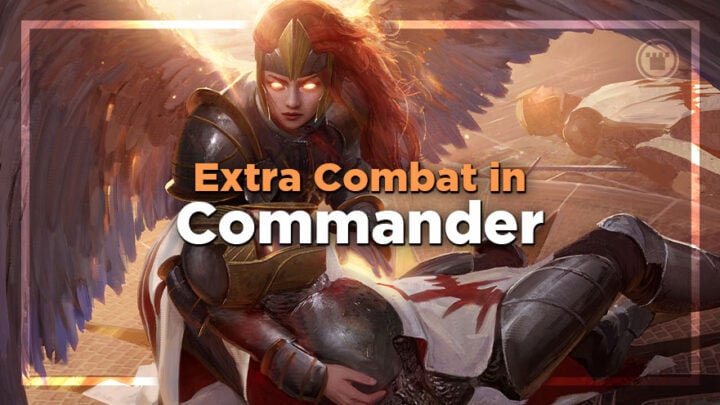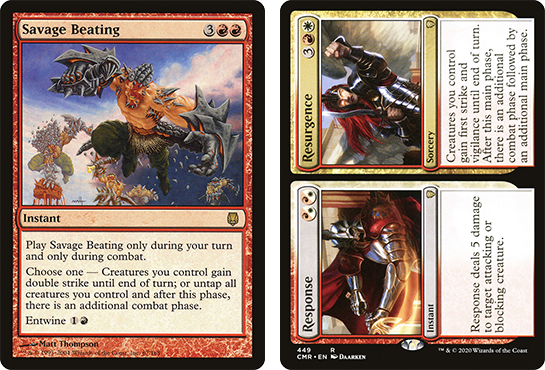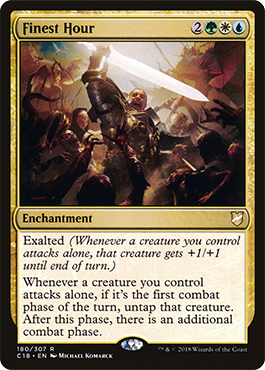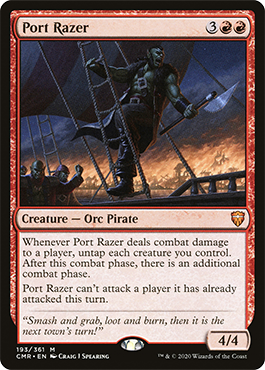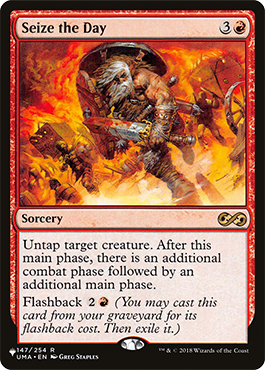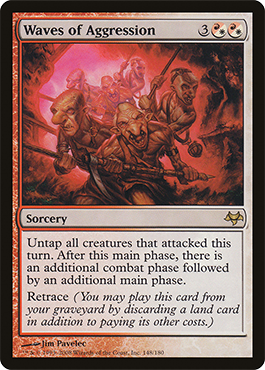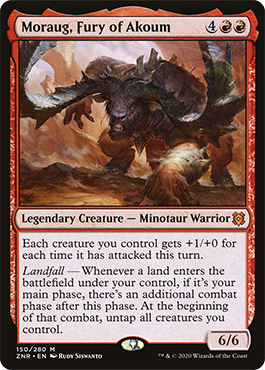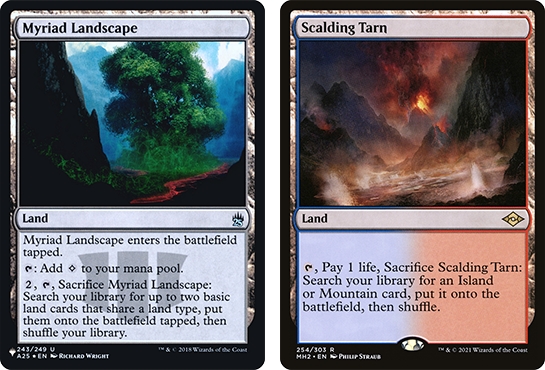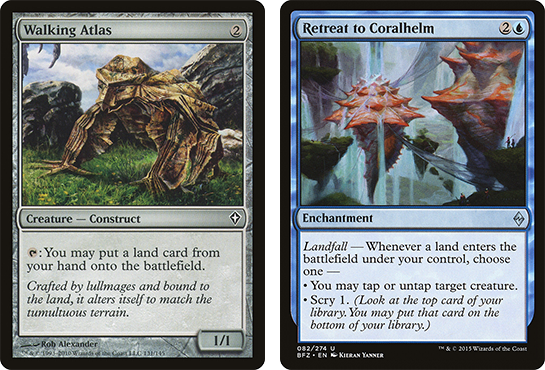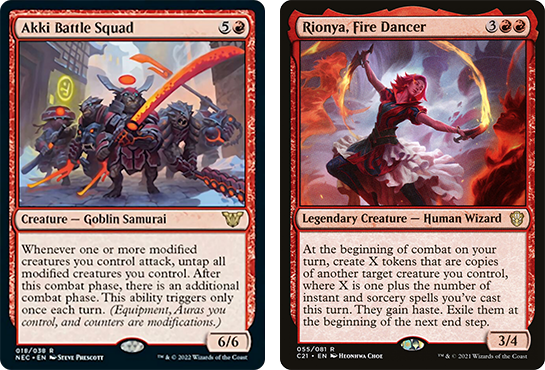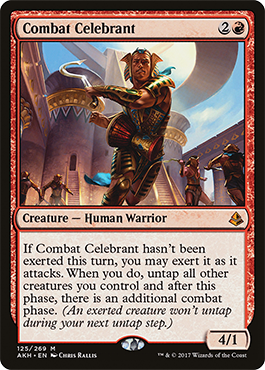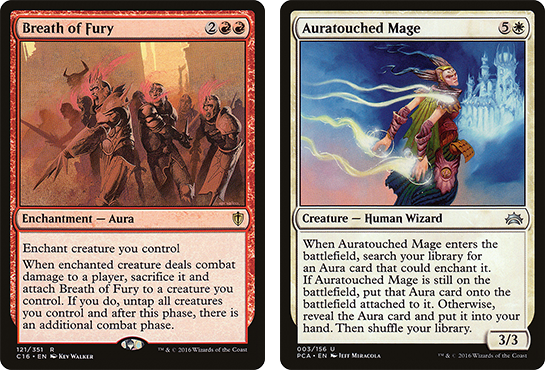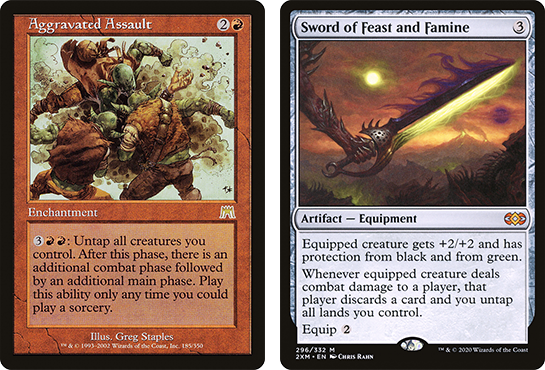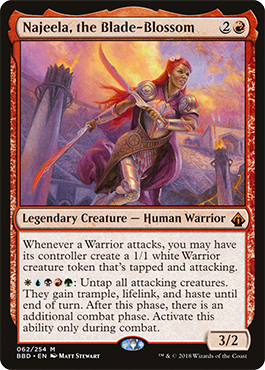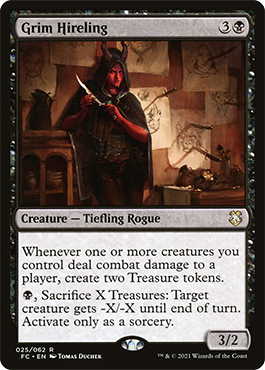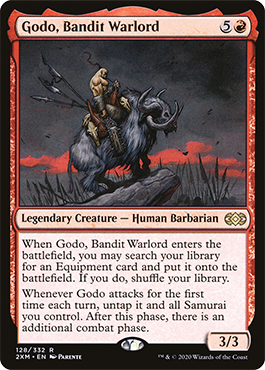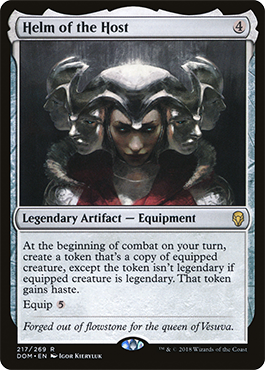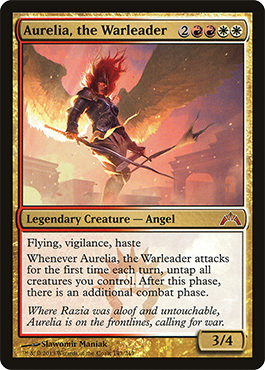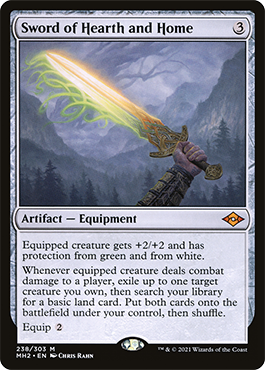An Additional Combat Phase
There are many phrases which tickle the curiosity of a Magic player. “Draw a card” is perhaps the most pervasive, but the one which always makes me happy is hearing that there will be an additional combat phase.
Playing aggro decks in Commander can often be difficult due to how unfriendly the format can be toward creature-combat based win conditions. There are board wipes and single-target removal spells aplenty, there are Fog effects, and there are solitaire-style combo wins – all make combat much more difficult to pull off.
One way to ensure you can win via combat is to take extra combat steps, and if you really want to send a message? Well, you can try to take infinite combat steps. Here are the best ways to keep up the pressure.
One and Done
Some extra combat spells are single use, unless you can somehow recur them. The most cost efficient are the classic Relentless Assault, which sets a benchmark for how much these effects usually cost, and Fury of the Horde. Fury of the Horde is part of a cycle of spells that can be cast for free by exiling two cards of the same color from hand. If you can keep the card draw coming, Fury of the Horde is a slam dunk in red-focused decks. I like it a lot in Neheb, the Eternal, where it serves as a way to keep going and generate more mana.
A little more mana, and you have Savage Beating. It has a timing restriction, but honestly? You’re probably less sure if it’s worth it until you know you’ve had a good attack step. You can Entwine this to give your creatures doublestrike until end of turn, but it’s sometimes better to be patient. While you can get the doublestrike for your first combat by casting Savage Beating before moving from declaring attackers or blockers, it might pay dividends to be conservative and wait for the end of combat phase to ensure that you have a successful combat step first without any nasty tricks or traps.
Response // Resurgence is one of the newer extra combat spells, and it’s useful in that it can be used as a removal spell in a pinch. While it won’t untap your creatures, it does give them vigilance. What this means in practice is that if you’re purely attacking, it’s much the same as any untap effect; if you’re playing a Samut, Voice of Dissent deck with creatures like Selvala, Heart of the Wilds, it’s less good.
If you’re in enchantress or just not playing red, the best (and only) option is Finest Hour. It’s efficiently costed and it’ll do the job, though attacking alone isn’t always the best way to take advantage of extra combats beyond playing Voltron.
Once More, with Feeling
Next up, let’s look at the effects you can pull off more than once a turn. Port Razer was a powerful addition from Commander Legends, and I don’t think it’s a card that should only be seen in tribal pirate decks. You’ll get up to three combats in a turn with this Orc Pirate, and it’s very effective for four mana. If you can flicker it and give it haste you can go even further. There are other tricks too, which we’ll get onto in due course.
Seize the Day works great in spellslinger builds like Veyran, Voice of Duality, but can really be used anywhere effectively. It has some use in reanimator decks, too, given it can be milled or discarded to pay for effects. I quite like taking Seize the Day as the 2nd or 3rd extra combat effect in a suite.
Waves of Aggression is perhaps my favorite way to take extra combat steps. It’s reusable as often as you like, provided you have the mana and a land to pitch. It can sit safely in your graveyard, or be discarded to something like Mask of Memory, and still used later. With all of the ways to put extra lands into hand in White, like Land Tax and Gift of Estates, you’ll be able to get more than enough lands to help pay for the retrace cost. If you can add some card draw into your combat step too, you’ll have a high chance of drawing a land – provided you run enough, of course. I wouldn’t run this card with lower than 37-38 lands.
Moraug is a monster of a card. It’s also deceptively difficult to grok. In short, if you get the landfall trigger in your first main phase, your creatures won’t untap for your actual combat phase once the extra combat steps finish. As such, it’s much better to trigger Moraug in your second main phase.
The best way to get use out of Moraug is to use fetchlands. With a fetchland or Myriad Landscape, you’ll be able to get two extra combats. This adds up quickly with Moraug’s power boost trigger.
Moraug can also go infinite without much effort. In a Temur or Izzet build, you simply need a bounceland which can return itself to hand, plus Walking Atlas and Retreat to Coralhelm. Snazzy.
Going Infinite
Speaking of going infinite, there are a host of ways to achieve this with extra combats, with Rionya, Fire Dancer being at the center of many of these combos.
Rionya excels at copying non-legendary creatures, first and foremost, and so having an extra copy of Akki Battle Squad to trigger from your attacking modified creatures every combat means you’re set. She can copy Port Razer, too, but she can also copy legendary creatures; you’ll just have to sacrifice the actual creature card to the legend rule. This lets cards like Raiyuu, Storm’s Edge – a particularly narrow extra combat creature – work much better; you’ll just sacrifice the initial body so that the new one can trigger, satisfying the “only once” rule.
One of the most popular creatures to play alongside Rionya is Combat Celebrant. Combat Celebrant doesn’t untap itself when it is exerted, and it needs to attack to be exerted; you can’t just put a tapped and attacking copy into play. With Rionya, you can just send the token in, and if it dies to a blocker, you can just send another at the beginning of the next combat phase, infinitely. Anything you want to accomplish with Rionya can be attempted with Delina, Wild Mage too, but it’s much harder to pull off, given she makes a tapped and attacking creature, and given that creature will be exiled at the end of combat – which will happen as you move to the next combat phase.
A slightly more niche combo, Breath of Fury and Auratouched Mage has seen a resurgence in recent years thanks to one particular card: Winota, Joiner of Forces. Winota can cheat out Auratouched Mage and, provided Breath of Fury isn’t in your hand, it’s quite easy to go infinite there and then. Winota decks make lots of tokens to use with the aura. This is one I’d definitely try in more casual Winota builds, but also in Human tribal decks or any deck that can play lots of evasive creatures.
The tried and tested way to gain infinite combats is Aggravated Assault. Whether you’re untapping lands with Sword of Feast and Famine or Bear Umbra; whether you’re gaining extra mana with Neheb or with Savage Ventmaw; or maybe just a fat Jeska’s Will or Mana Geyser. Either way, Aggravated Assault is reliable and powerful. Hellkite Charger does a good impression, but it’s a little expensive to play.
Commanding the Battlefield
Some of the most powerful extra combat effects are on legendary creatures, and it’s no wonder they make for popular Commanders. Najeela, the Blade-Blossom is infamous in high power casual and competitive EDH alike. With access to all five colors, Najeela can easily find ways to pay for her ability, including Druid’s Repository. She doesn’t even need to be attacking herself to make this happen, which is pretty bonkers.
Grim Hireling from the Planar Portal Adventures in the Forgotten Realms precon is one such combo piece that works with Najeela; the Spike Feeders have an excellent rundown on how this works.
Godo is another Commander that can go infinite pretty easily, and for that reason, you’re likely to see him at high power and cEDH tables too. He’s a tutor in the command zone that can tutor for a combo piece: Helm of the Host.
All you really need to go off with Godo is access to enough mana. Whether you do this with mana rocks, rituals, or just a good Dockside Extortionist, it doesn’t take much to assemble this infinite combat win-con. The cEDH Decklist Database has a great Godo Helm list if that’s what you’re into. If you’d like to check out more cEDH lists, check out the database itself.
Aurelia, the Warleader
We’ve covered cEDH extra combat, but what about more casual extra combat decks? Well, they’re helmed by Aurelia, the Warleader for the most part, though there are some Isshin decks that like to play with extra combats now too. Aurelia is one of my favorite Commanders because there are so many ways to brew with her.
At face value, you can put your favorite Boros creatures into a deck and attack twice with them. You can play Angel tribal, or Soldier tribal, or you can go the Voltron route. You can go deep on extra combat steps, or you can run a hasty reanimator deck. She’s that flexible that I find myself constantly testing out new cards.
As flexible as the theme of the deck can be, Aurelia’s haste means she can also combo in many ways. Aside from the obvious Helm of the Host, you have options.
The previously mentioned Rionya can make Aurelia copies at the beginning of each combat, which is a loop in itself. Sword of Hearth and Home and a way to either attack with another unblocked creature that can flicker Aurelia or a way to auto-equip, such as Ardenn, Intrepid Archaeologist, can help combo in this way.
There’s also the classic Adarkar Valkyrie + Altar of Dementia combo to get a fresh Aurelia every combat. This one works even through fogs as it can just mill people out.
If you want a casual Aurelia deck capable of taking a bunch of extra combats, I have a sample list you can try out on Moxfield. It includes Waves of Aggression, Sword of Hearth and Home and Moraug, Fury of Akoum. It plays a little faster mana, but only to get its big spells under way; under the hood, it’s a midrange reanimator style build with some choice equipment.
To see Aurelia tuned to the max with most of the redundant combos available, give Commander Replay’s “Casual Aurelia” deck a look.
Let’s Run it Back
So, extra combat steps – I’ve lent what I know, and shared the best options available. Sure, there are more – like Scourge of the Throne – but they’re a little niche, and far less reliable. Extra combat steps are a great way to get in extra damage and attack triggers, and they offer aggro decks the extra reach they need to succeed. You have some great options for casual and competitive combat-combo Commanders, too – which takes your fancy?
It’s worth noting that extra combat effects aren’t the only way to take an extra combat. You could just go whole-hog and take an extra turn instead. There are plenty of ways to do this in blue and red, and whether you opt for extra turns or extra combats will come down to your individual build.
Let me know what extra-combat deck you’re running on Twitter.

Kristen is Card Kingdom’s Head Writer and a member of the Commander Format Panel. Formerly a competitive Pokémon TCG grinder, she has been playing Magic since Shadows Over Innistrad, which in her opinion, was a great set to start with. When she’s not taking names with Equipment and Aggro strategies in Commander, she loves to play any form of Limited.

